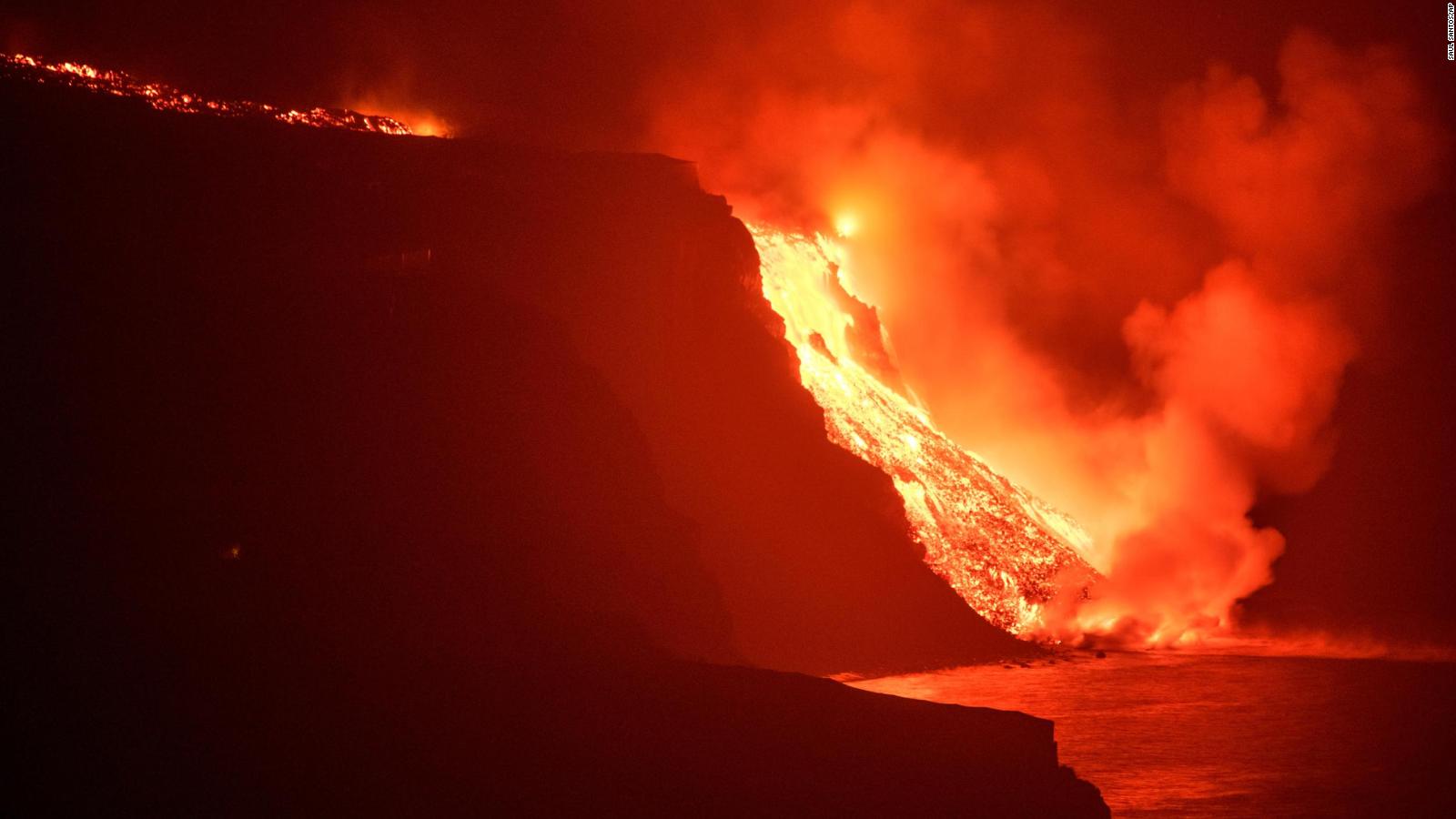The red-hot lava river gushing out of the Cumbre Vieja volcano on the Spanish island of La Palma became denser on Monday after the north side of the crater collapsed the night before and sparked spectacular explosions, but authorities they ruled out new evacuations.
Despite the increase in activity, the lava appeared to follow a similar path to previous flows and continues to avoid areas that until now had been saved, said the regional president of the Canary Islands, Ángel Víctor Torres.
“We have had to order some closures due to air quality, but we do not plan to evacuate more people,” he said in an interview with the television channel TVE this Monday morning.
Torres said the volcano had emitted roughly three times the material expelled during the island’s last major eruption in 1971, in a quarter of the time.
He added that his administration planned to buy some 300 houses to house those who lost their homes and said it was too early to know the extent of the total damage.
“If the lava continues to gush out in the same amounts that we saw last night, the damage is going to be greater,” Torres said.
Approximately 1,000 buildings have been destroyed since the eruption began on September 19 and 6,000 people have been evacuated, most of them from the towns of El Paso and Los Llanos de Aridane, two of the island’s main population centers of 83,000. population.
During his visit to the island over the weekend, the Prime Minister of Spain, Pedro Sánchez, promised aid of 206 million euros for reconstruction and insisted that La Palma was safe for tourism.

